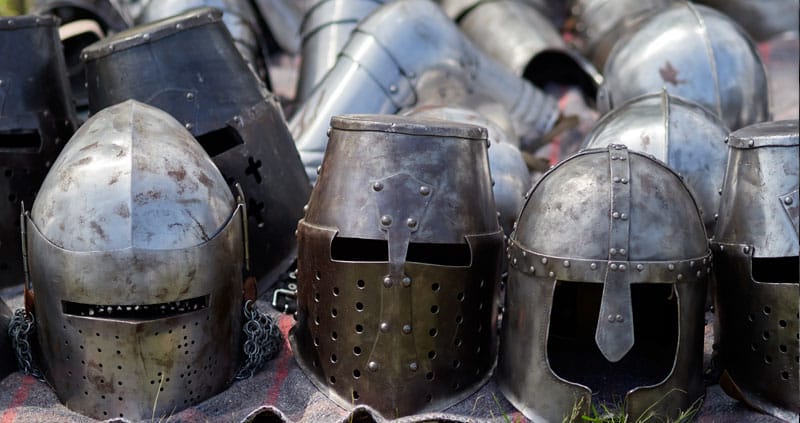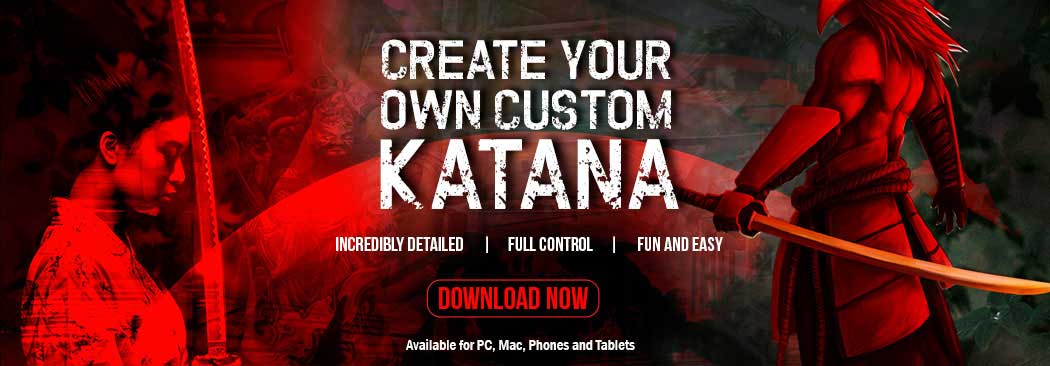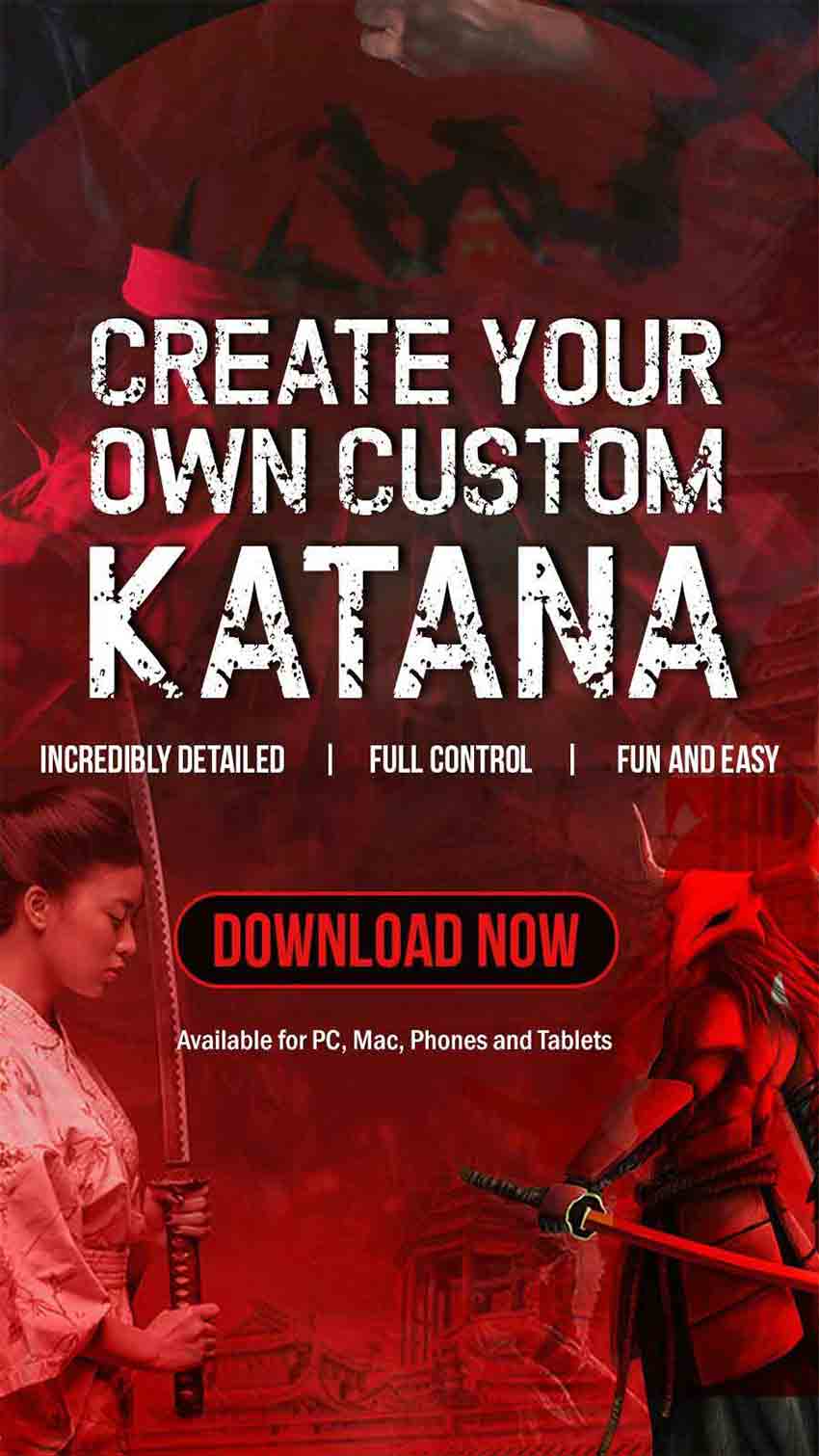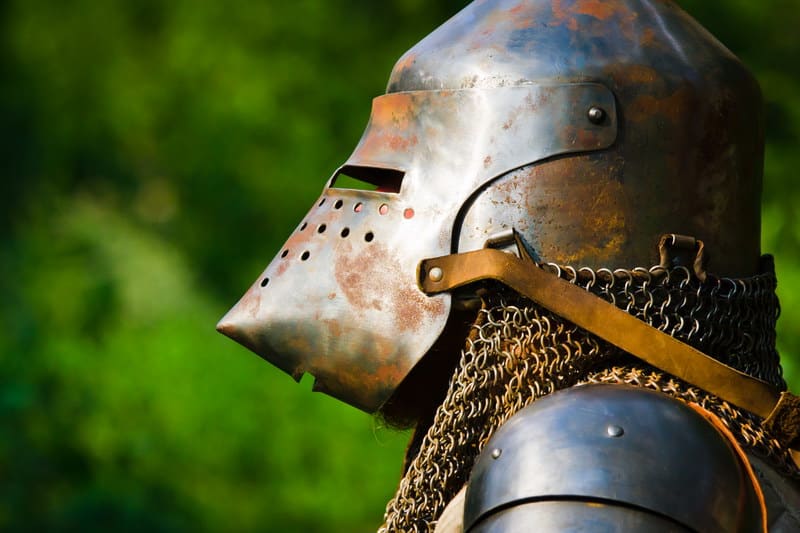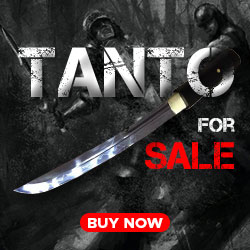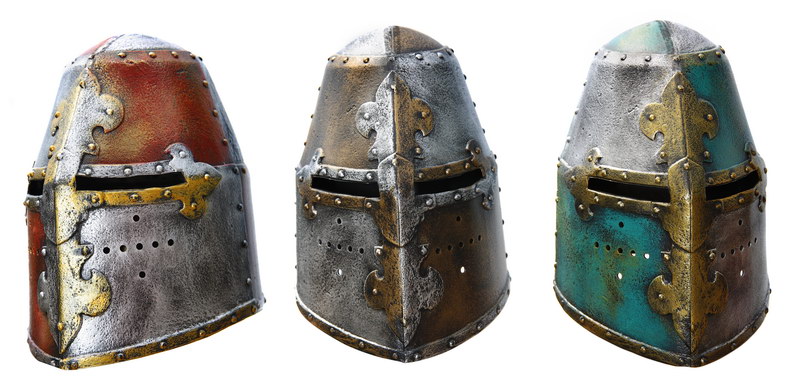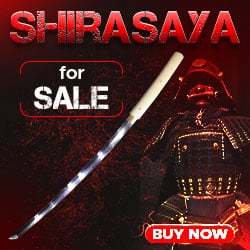Medieval Weapons and Armor
Medieval Helmets
Medieval Helmets
Helms or medieval helmets are one of the most vital pieces of medieval armor during the middle ages and these have never really fallen out of use even to this day. Helmets have evolved and improved not just for military use but also for sports, work, martial arts training, riding, and a lot more.
Medieval Helmets, just like other weapons, have gone through numerous changes and these alterations were mainly influenced by the process of creating armor and weapons using metal.
Additionally, a better understanding of creating excellent equipment for battle has also further improved the quality and protection that the medieval helmets provide its users.
The medieval helmets of the middle ages were commonly flat and featured a rounded and arched shape; this was a very necessary feature since curved helmets can easily deflect bow attacks compared to a full brunt helmet.
As time passed, these helmets improved further since these have been created with multiple pieces that are all linked together; these also had moving portions such as a visor to protect the wearer’s eyes and face.
Parts of a Medieval Helmets
A bevor is known as a piece of armor plate that is specifically made to protect and safeguard the area around the chin and neck; it is made from either a solid and single or multiple pieces of articulated lamés that are also located along the neck and chin area.
This part of the medieval helmet was usually worn together with a sallet then later, it was worn with a burgonet in a specific form that was called the falling buffe.
This was necessary since the two armor pieces that were combined provided adequate protection for the wearer’s head and neck areas; additionally, a leather collar was also present which helped protect the throat of the user.
This was a feature that was common among the older types of medieval armor which were intended to protect the knight from swords and other types of non-projectile weapons.
During the late eighteenth century, the gorget eventually turned solely into an ornamental piece and served primarily as a symbolic accessory set on military uniforms.
Types of Medieval Helmets
Listed below are the various types of medieval helmets:
Spangenhelm & Nasal Helmet
The nasal helmet is a special kind of helmet that has been utilized during the early Early Middle Ages to the High Middle Ages. This helmet featured a raised or domed center which was commonly seen along with the basic skull cap’s style which also has a strip that is sticking out over the nose; this provides further protection to its user.
Great Helm
The great helm from the High Middle Ages appeared during the late twelfth century and has been utilized until the fourteenth century; these were used mostly by the heavy European infantry troops and knights around the years 1220 to 1540 AD.
Bascinet
The earliest bascinet appeared right at the beginning of the fourteenth century and these featured no visors and were specifically worn beneath the great helms which were much larger.
At some point in time during the warring period, the great helms were often discarded because of the violent hand-to-hand combat the knights engaged in.
The great helms were removed since this impeded the vision and hearing of its wearer; this is why having the bascinet beneath the great helmet was highly advantageous.
However, right in the middle of the fourteenth century, a large number of knights have completely discarded the great helm and opted to use the bascinet with the visor.
Armet
This encloses the entire head of a knight with the use of hinged cheek plates; there was a gorget fixed to this and a rondel was also present along the rear. The later armets featured visors and this was probably the most favored type of helm in Italy.
Sallet
The sallet is known as a war helmet which replaced the use of bascinets in the northern parts of Europe and Hungary. A few of these sallets were close or somewhat tight-fitting except for the back portion of the head.
Numerous medieval helmets were worn with the padded and extended gorget called the bevor which was primarily created to protect a knight‘s jaw during battle.
Barbute
The barbute is known as the war helmet without the visor which appeared during the fifteenth century. It features a unique design with either a Y or T-shaped opening that is specifically for the mouth and eyes.
Close Helm
This is a military helmet utilized by warriors during the late medieval and the early Renaissance period; the close helm appeared with a visor that fully concealed the neck and head of a warrior which is completely advantageous compared to the earlier helms like the Barbute and the Sallet.
Medieval Helmets for Sale
Medieval helmets are some of the most varied equipment that is available, and these also come in different styles and designs that one can choose from. For anyone shopping for a medieval helmet, they will be able to find a wide selection of these which range from the early great helmets to the latest burgonet helmets from the much later Middle Ages.
Some of the most common and popular types of the medieval helmet are the great helmet; this is also called the pot helmet and it is probably one of the very first helmets utilized by the warriors from the past.
These specific types of helmets have a variety that exhibits either a cone-like or roundish top; but generally, these helmets commonly feature concealed faces where one’s head is wrapped in steel for extreme protection but with minimal ventilation.
The other styles and types of these medieval helmets are the jousting helmets and the knightly helms both providing an excellent, unbeatable, and rather an impressive level of facial protection which is why a lot of warriors from the past utilized this helmet.
When purchasing medieval helmets for sale, ensure that the medieval helmet that has been selected is made from genuine and high-quality steel; also remember that some of these may be utilized for practice while others are simply made for display or decorative purposes.


